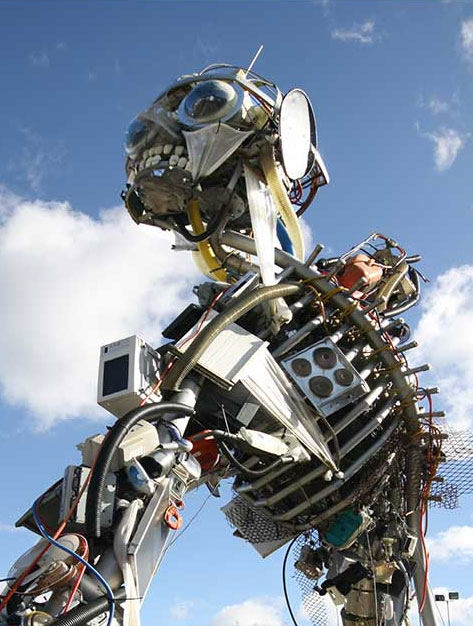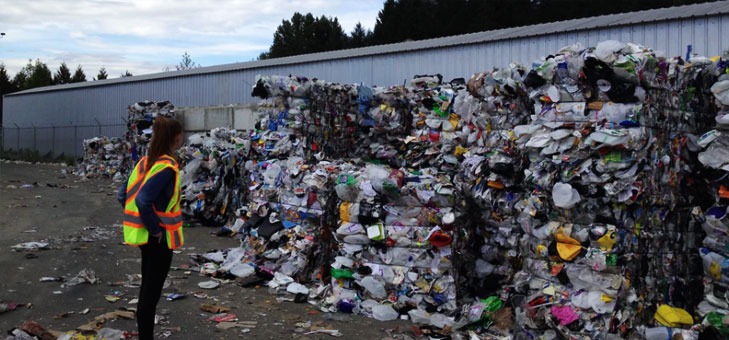A MAJOR ENVIRONMENTAL PROBLEM …
PLASTICS
RECYCLING
REPORT

There is no question that plastics are a major environmental problem; the question should be how do we stop the problem?
We are encouraged to use the Waste Hierarchy:
- REMOVE | REDUCE
- REUSE
- RECYCLE
- RECOVER
We should be concentrating on the Recover stage but at the moment the concentration seems to be on Recycle.
Here lies the next question – What can we recycle?
Package marking is confusing: Recyclable or not? The top of a container not recyclable but the bottom is? A lot of companies incorrectly label plastic products as recyclable. According to a report by Greenpeace USA (February 2020) only PET #1 and HDPE #2 plastics are fully recyclable but even these can be limited in recyclability by their full body shrink sleeves.
PET is one of the most commonly used plastics in consumer products and is found in most water and pop bottles and other packaging.
HDPE plastic is the stiff plastic used to make milk jugs, detergent and oil bottles, toys and some plastic bags.
Polypropylene plastic, a tough and lightweight plastic that serves as a barrier against moisture, grease and chemicals, is a notable focal point in the recyclable packaging debate.
The packaging industry has marketed this plastic as recyclable, however Greenpeace found mixed results.
Only 53% of MRF’s take Polypropylene items and only 31% of US residents have access to collection of these items. This makes us question if Polypropylene is truly recyclable.
Many MRF’s (Material Recovery Facilities) only accept PET #1 and HDPE #2 due to insufficient demand and insufficient processing capabilities.
Due to the recent collapse of international end markets U.S MRF’s have struggled to find buyers for certain plastics. This has led to municipalities dropping mixed plastics from their list of acceptable materials.
If buyers aren’t available MRF’s will send their plastics to landfills or incinerators and as a result these items have a negligible-to-negative value and are seen as contaminates instead of truly recyclable products.
Greenpeace states that:
“Companies cannot legitimately place recycle symbols or ‘Check Locally’ text on products from plastics #3-7 because MRF’s nationwide cannot assure consumers that the valueless plastics #3-7 will actually be brought and recycled into a new product”.
Manufactures are required to ensure labelling claims are truthful and companies that use misleading labels should be held responsible.
Greenpeace concludes that US retailers and consumer goods companies should look to shift away from using certain plastics given the current infrastructure gap. They also endorse extended produce responsibility as an accountable mechanism to incorrect labelling.
The Greenpeace report follows on the heels of another new report by The Recycling Partnership which found #3-7 plastics have been among the most commonly removed in recent years.
Unlike Greenpeace this report argues that instead of banning or changing the use of certain plastics the recycling system should work on being stronger at capturing existing materials.
It also argues that the North American market for #3-7 plastics is growing and Polypropylene, in particular, needs to become a core collected material.
Both reports have arisen during an uptick in recycling legislation at the Federal level. The industry has embraced the RECYCLE Act, which focuses on education and outreach, and has increasingly strong support for the RECOVER Act, which is focused on infrastructure.
It seems the focus of the waste hierarchy is slowly started to shift from RECYCLE to RECOVER.
Bronwyn Reid | 4t Consultants
17 June 2020

